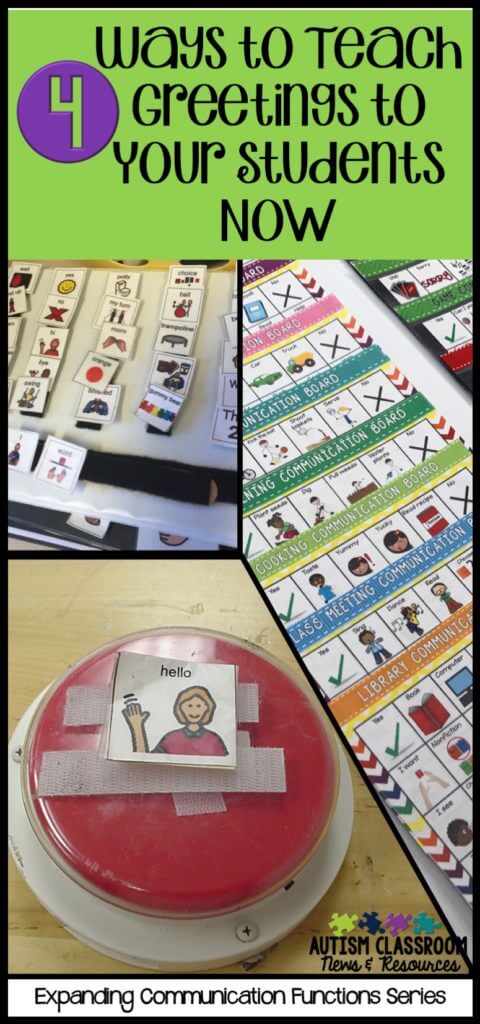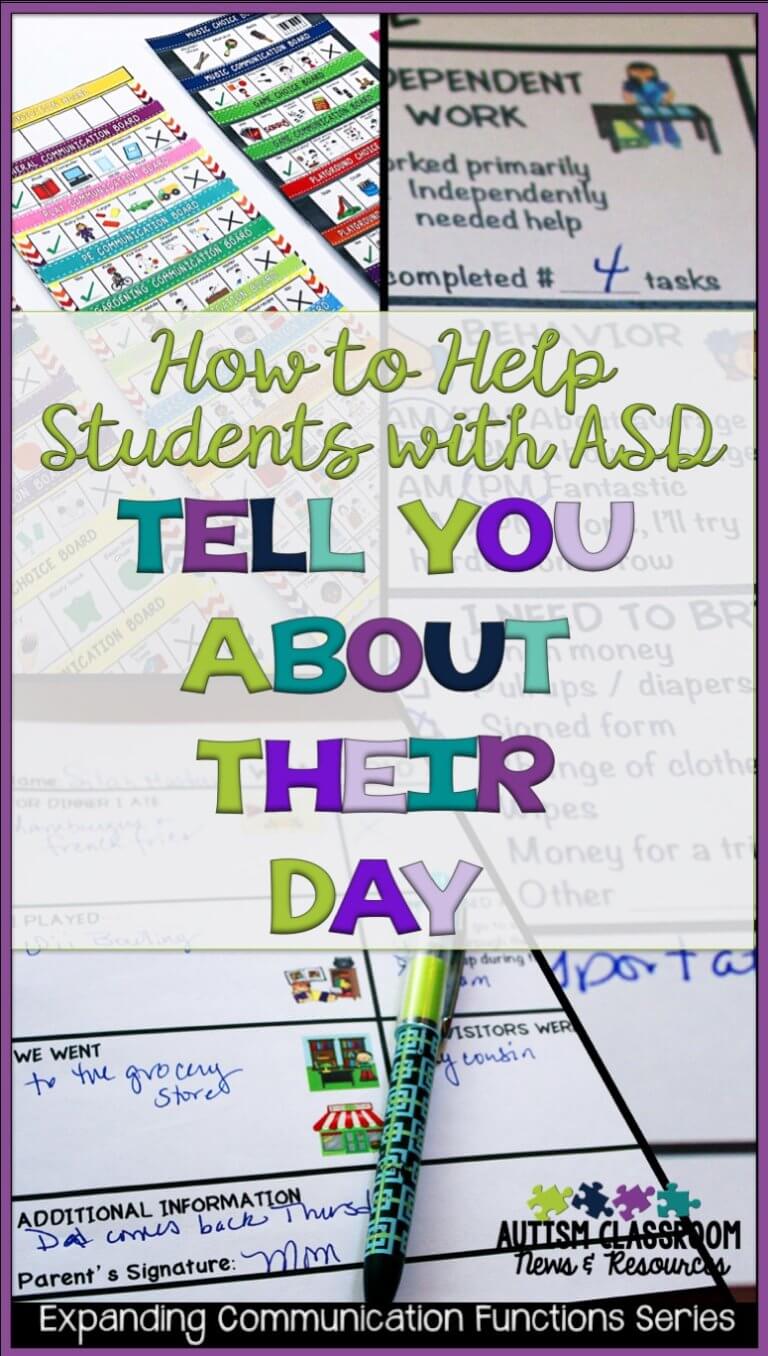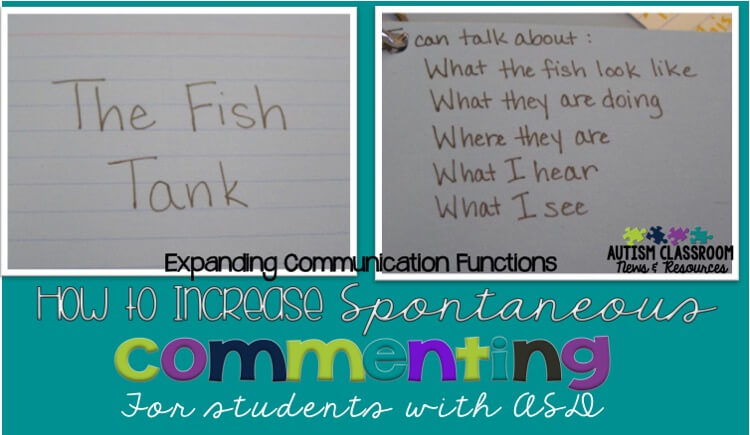I am sure that you don’t need me to tell you how hard teaching the social function of communication (even greetings) is to students with ASD and similar disabilities. We know it’s like our kids’ Kryptonite. As we work on communication a kid can make requests like a champ. He can even manage some self-regulation. But using language to interact with other people? Meh, not so much! So I am picking up the series on increasing communication functions with the social function.
 Why We Start with Social Greetings
Why We Start with Social Greetings
We usually start with are social routines like greetings. We start with social greetings for a few reasons.
First, they are typically a way to initiate and respond to others’ interactions. They open the student to social interaction. And they are used in almost every setting. So even though they seem trivial, they are an important social communication.
Second, they are rote interactions most of the time. Let’s face it, we all have scripts we use for greetings. How many times have you responded to the second statement someone said after saying hello with “Fine” only to find out that question WASN’T “How are you?” but something completely unrelated? Because it’s a script, we typically respond in a rote manner. That makes it easy to teach to our students who need predictability and can learn scripts.
Third, and finally, they are routine and predictable. That means they are easy to fit into the day on a regular basis. And the response to them is predictable. We don’t have to worry about the student generating new language or how they will respond to someone saying something different. Teaching them a set of responses will work most of the time.
So, how can we capitalize on these reasons to teach them? Here are 4 strategies to help teach this entry skill.
1. Build it into routines.
Set up times that make sense to practice greetings with familiar people to start. I’m not a fan of teaching greetings in a discrete trial format because life is not discrete trials. I’m just going to have to teach them in the real environment anyway, so why not start there.
[socialpug_tweet tweet=”Life is not discrete trials. Social language can be taught effectively in routines. #autism” display_tweet=”Life is not discrete trials. Social language can be taught effectively in routines.”]
I’m also a stickler for making sure that the we are practicing greetings in a way to reflects how real people use them. In other words, we don’t greet people over and over to get 10 trials. Instead, we greet people when we enter a room. We say goodbye when we leave a room or situation. So think about those kinds of transitions and build instruction around them.
We also sometimes greet people in meetings, similar to morning meeting. Think about making greetings part of your morning and/or afternoon meetings or circle. It’s a great time for increasing the number of times students practice the greeting since they can greet each of their peers.
2. Use Visuals
Set up visuals everywhere greetings take place. If you have students using speech-generating devices, place hello and goodbye switches by the entrance and exit to the room. Pair visuals with your greetings to the student to help them make the connections.
3. Video Modeling
You can use video modeling to help the students understand the routines. Video models of greetings are pretty easy to make because they are short and predictable. You can even do some modeling with your student in the video. Just edit out the prompts. For more ideas about how and why to use video modeling, check out this post. And here’s an example:

4. Teach in Multiple Settings and Multiple People
Generalization is key with any type of social skills and communication. You always want to start with familiar people, often adults because their responses are going to be more predictable. But once students begin to be independent in those situations, expand to others in the building. Obviously you want to work with peers, which can start in morning meeting. But also think about training others in the building like the office secretaries and custodians. You can set up classroom jobs or errands where students deliver a message to someone in the building. I sometimes will just put a note in an envelope that says, “just say hi after he says hi, sign the paper and give it back to him to return.”
 Part of training others is making sure that they know whether you are at the teaching stage of the student needing to respond to greetings (first step) or initiating greetings (next step). For initiating greetings, make sure they know how to prompt the greeting, to wait for the student to initiate, and how to reinforce both steps. This includes making sure that peers know how to do this too to increase success with them.
Part of training others is making sure that they know whether you are at the teaching stage of the student needing to respond to greetings (first step) or initiating greetings (next step). For initiating greetings, make sure they know how to prompt the greeting, to wait for the student to initiate, and how to reinforce both steps. This includes making sure that peers know how to do this too to increase success with them.






